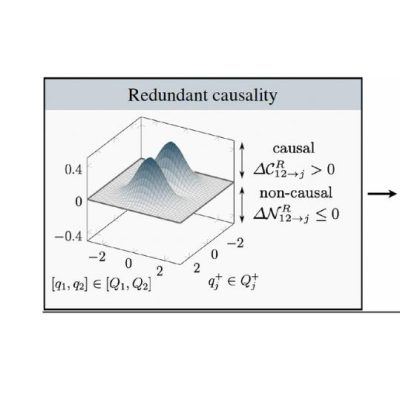
Long-timescale numerical modeling of streamer discharges
Researchers from the Aerospace Plasma Group describe a numerical model that has been developed to simulate streamer discharges over long timescales of several hundred microseconds.
Authors: Lee Strobel, Carmen Guerra-Garcia
Citation: 76th Annual Gaseous Electronics Conference, October 12, 2023
Abstract
Simulation of non-thermal streamer discharges over long timescales (>100 ns) has proved challenging, due to the high stiffness of the governing coupled drift-diffusion and Poisson equations, and the wide range of distance- and time-scales involved. This presentation describes a numerical model that has been developed to simulate streamer discharges over long timescales of several hundred microseconds. The model is 1.5D – charged particle densities are modeled in 1D, whilst the Poisson equation for the electric field is modeled in 2D, to allow for the effects of electric field curvature, of both propagating fronts and tip-electrodes, to be included. The model has been optimized for numerical efficiency, which allows for the simulation of a single streamer filament bridging an electrode gap and afterglow phase of the discharge. This includes the initial propagation phase; through the current pulse phase; and into the longer inter-pulse region beyond. The approach is useful to look at discharge behavior over the longer microsecond timescales between successive pulses, for both DC and nanosecond-pulsed discharges.

